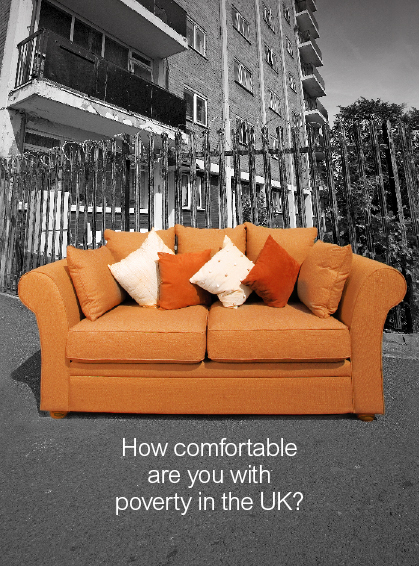
A new series of Election Analyses is now available from the LSE’s Centre for Economic Performance (CEP). The series will discuss the research evidence on some of the key policy battlegrounds of the
2010 General Election, including macroeconomic policy, immigration, health, education, crime, poverty and inequality, labour market policy, regional policy, energy and the environment, financial regulation and bankers’ bonuses, and foreign aid.
 Overall wage and income inequality rose slightly under the Labour government since 1997. This was driven by the top half (especially the top 10%) of the income distribution. There was no change in inequality (and even falls on some measures) for those in the bottom half of the distribution.
Overall wage and income inequality rose slightly under the Labour government since 1997. This was driven by the top half (especially the top 10%) of the income distribution. There was no change in inequality (and even falls on some measures) for those in the bottom half of the distribution.

 These are the key findings of the latest CEP Election Analysis from the Centre for Economic Performance (CEP). Authors Professors Stephen Machin and John Van Reenen note that the increase in wage inequality is an international phenomenon driven by increases in the demand for more skilled workers. There is relatively little that any government can do about this in the long term: the best policy is to keep improving the skills of the workforce through education and training.
These are the key findings of the latest CEP Election Analysis from the Centre for Economic Performance (CEP). Authors Professors Stephen Machin and John Van Reenen note that the increase in wage inequality is an international phenomenon driven by increases in the demand for more skilled workers. There is relatively little that any government can do about this in the long term: the best policy is to keep improving the skills of the workforce through education and training.
The tax and benefit policies of the Labour governments have meant that inequality is considerably lower than it would have been under the previous Conservative administration, especially for those in the bottom 20%. But since the inequality ‘escalator’ of pre-tax earnings has been moving upwards, the policies have at best kept inequality stable rather than significantly reducing it.
The CEP Election Analysis is summarised below and posted in full on the CEP website here: http://cep.lse.ac.uk/_new/publications/series.asp?prog=CEPEA
- Overall income and wage inequality has risen dramatically in the UK over the last three decades. Although the fastest increase was during the 1980s, there was still some (small) increase after 1997.
- In 1979, a man in full-time work at the 90th percentile (10% from the top of the distribution) earned 2.5 times more per week than a man at the 10th percentile (10% from the bottom of the distribution). In 2009, the equivalent figure was 3.7 times more per week.
- The increase in wage inequality between 1980 and 1990 was much stronger in the UK and the United States than elsewhere. Since 2000, there have been increases in inequality across all richer countries (except France).
- Inequality is a tale of two halves. The top half of the wage distribution has continued to become more unequal steadily throughout the last three decades. The bottom half of the wage distribution ceased to become more unequal after 1997.
- The top 1% of the population has become considerably richer and this has had a large effect on the ‘Gini coefficient’, a widely used measure of overall inequality. In the decade since 1998, most of this change has been driven by the financial sector, especially bankers’ bonuses.
- The changes in tax and spending policies that the Labour government has introduced since 1997 have significantly redistributed income to the less well off. Inequality would have been much higher otherwise.





